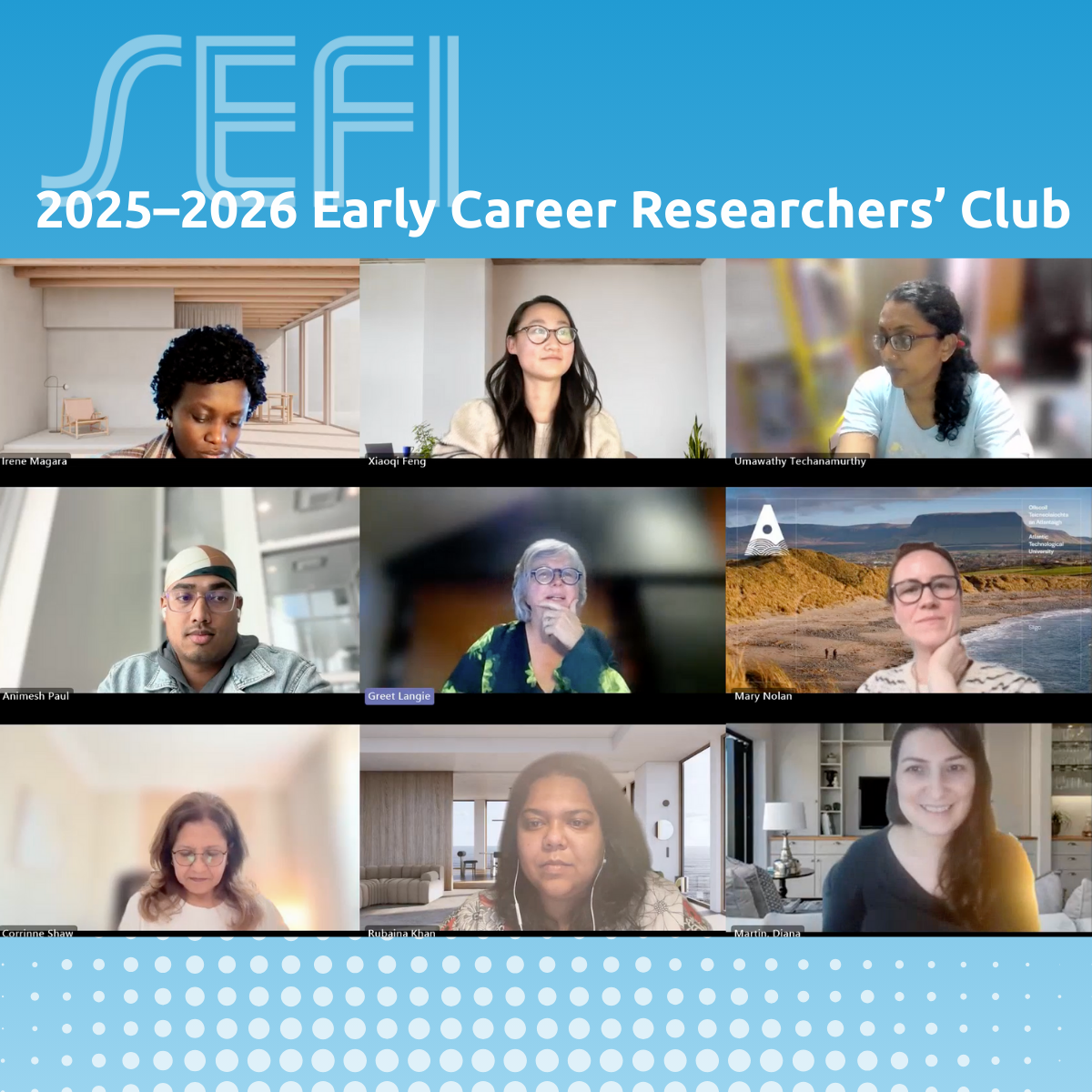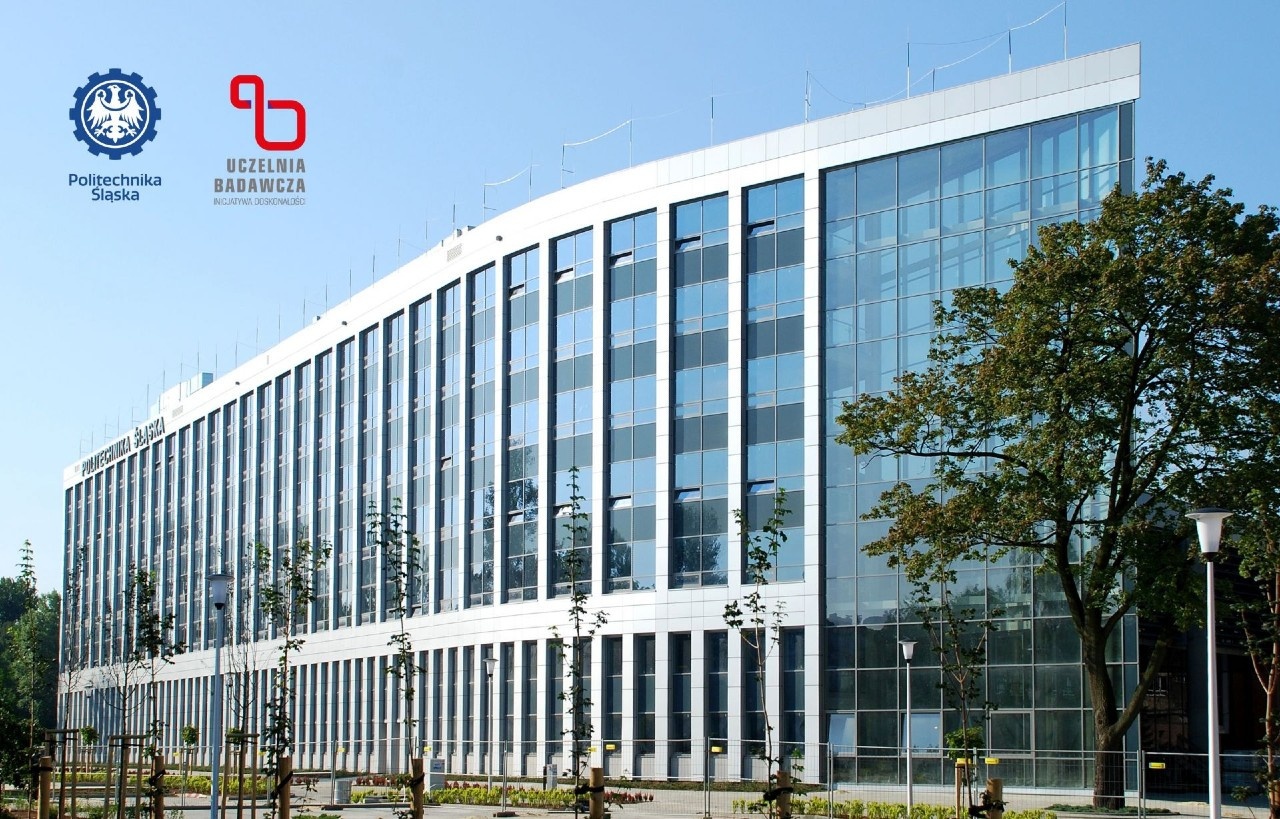The SEFI Early Career Researchers’ Club is a 9-month initiative designed to support and connect…

Kobe City College of Nursing, Japan
The case study is one of the most familiar pedagogical methods in engineering ethics. However, most of the cases introduced in textbooks are a little far from our everyday life, both temporally and spatially. It seems to me that we need more concrete and familiar cases to comprehend how to apply the knowledge of engineering ethics to our everyday experience as engineering professionals. I give a Japanese example of a case of endemic disease for students studying beside the actual location and show how the local case helps to contextualise engineering ethics.
According to this idea, I experimentally brought a local case of schistosomiasis japonica eradication activities around the Chikugo river basin into the class offered in National Institute of Technology, Kurume College located at the root of that river’s branch. Schistosomiasis japonica is a deadly endemic disease caused by parasitic infection. The measure considered most effective was to drive the sole intermediate host, Oncomelania nosophora, into extinction. There were both large-scale environmental changes and environmental pollution in the eradication process. Finally, the local government declared the safety of schistosomiasis japonica in 1990. This case has cross-sectional story over environmental health ethics and engineering ethics, and includes some important implications formulated as “How much can we, especially as engineering profession, sacrifice natural environment for the improvement of public health?”
The educational effectiveness of this method was examined with a self-evaluation questionnaire conducted by Kanazawa Institute of Technology, in the first and final class, and compared to other 18 institutional respondents. Average marks from students were higher than national average on the whole. It is notable that both the initial and final averages on two questions which are strongly concerned with professional ethics and environmental ethics are particular higher than those of other respondents. The first question item is “Are you able to specifically explain the effects of science and technology on the natural environment by providing examples such as mercury, PM2.5 and greenhouse effect gas?”, and the second one is “Do you agree with the viewpoint that professionals of a certain specialty field are required to maintain professional ethics of such field, in addition to overall general ethics?” These scores showed that students thought their comprehension on environmental and professional ethics were improved through the case analysis in engineering ethics class. In conclusion, teaching with an inter-disciplinary, concrete and familiar case could be one of the reasonable ways to go forward in engineering ethics education. I propose that geographically-limited cases would be very helpful in many circumstances, even if they are not necessarily universal in a sense.


